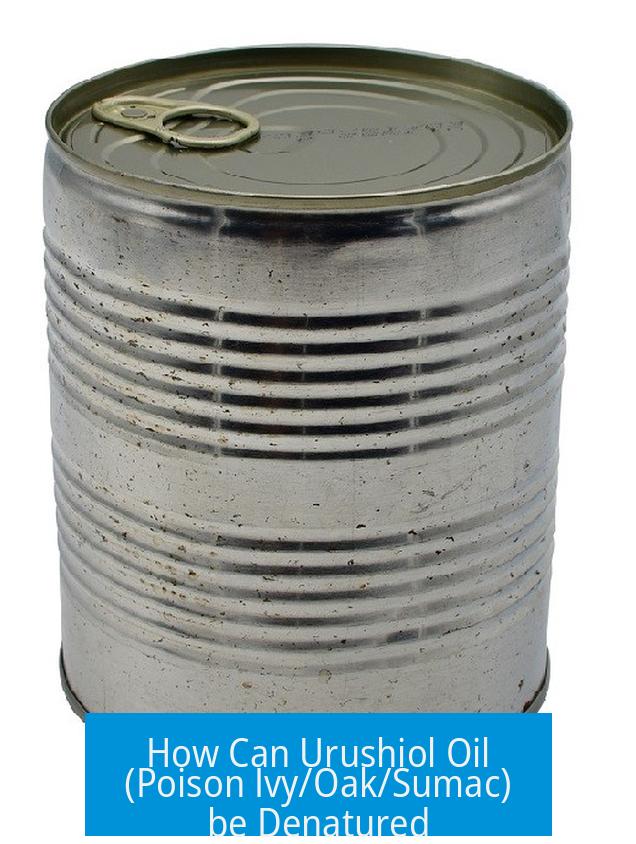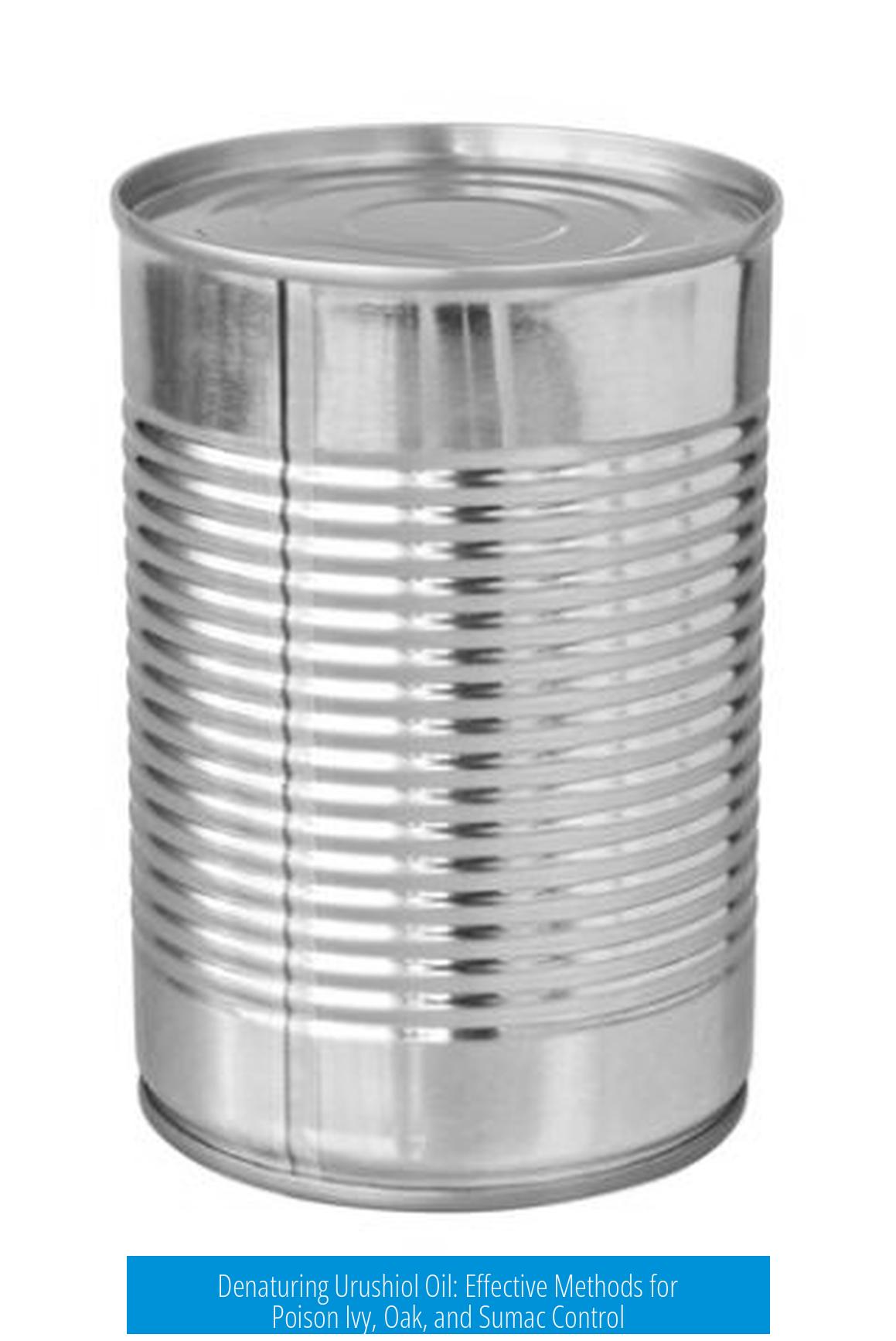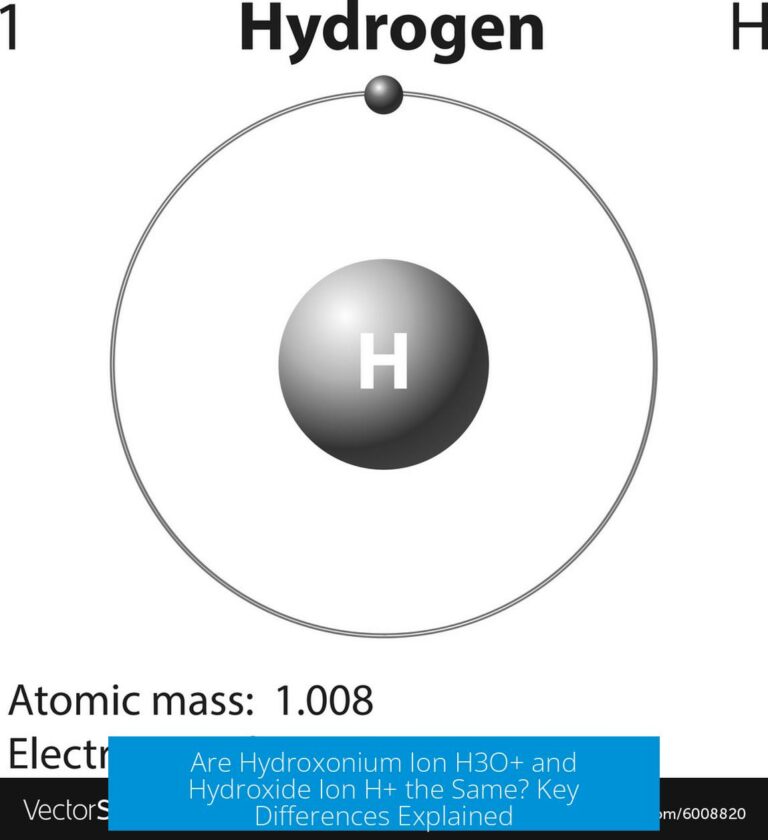How Can Urushiol Oil (Poison Ivy/Oak/Sumac) be Denatured?

Urushiol oil, the irritant found in poison ivy, oak, and sumac, can be denatured primarily through natural oxidation over time, chemical oxidation by agents like bleach or peroxide, and possibly through reactions with nucleophiles. However, no simple, practical, and universally effective method exists for immediate denaturation. The safest and most reliable approach remains physical removal combined with thorough cleaning to prevent exposure.
Understanding Urushiol and Its Chemical Nature
Urushiol is an oily mixture of organic compounds composed mainly of catechols with a hydrophobic alkyl side chain. Its chemical activity arises from the catechol ring, which can shift between diol and dione forms, enabling reactions with nucleophiles in the skin. This reaction triggers an immune response, causing the characteristic rash upon contact.
This mechanism is critical for understanding potential denaturation strategies. Since urushiol binds nucleophiles such as skin proteins, neutralizing urushiol outside the body would involve altering its reactive sites or breaking down the molecule through oxidation or chemical modification.
Natural Degradation: Oxidation Over Time
Urushiol deteriorates naturally via oxidation. This process slowly alters the molecular structure, rendering the compound less reactive. It is an irreversible denaturation but occurs over an extended period — days or weeks depending on exposure conditions like air, sunlight, and moisture.
This natural oxidation is reliable only in the long term and not effective in scenarios requiring immediate safety or rapid decontamination.
Physical Removal and Cleaning: The Key to Avoid Exposure
Given the lack of quick chemical neutralizers, physical removal is the first line of defense. The best practice includes:
- Wearing protective clothing and gloves to avoid direct contact.
- Removing plants by roots whenever possible to minimize re-growth.
- Washing tools, gloves, and contaminated clothing thoroughly with soap and water.
- Discarding heavily contaminated or old clothing that might retain urushiol residues.
Applying herbicides like glyphosate prior to removal kills above-ground plant matter, reducing risks during cleanup. Dead plant tissue contains less active urushiol, facilitating safer handling.
Chemical Approaches to Denaturation
Oxidizing Agents: Bleach and Peroxide
Urushiol’s propensity to oxidize can be exploited synthetically. Strong oxidizers such as bleach (sodium hypochlorite) or hydrogen peroxide may alter urushiol’s catechol ring, leading to less harmful products or “urushi lacquer” derivatives.
Evidence suggests these agents can chemically denature urushiol, but specific reaction conditions, required concentrations, and contact times lack comprehensive validation for field use. Furthermore, their application must consider safety, as undiluted chemicals can irritate skin or harm the environment.
Nucleophile-Based Neutralization Attempts
Since urushiol forms bonds with nucleophilic groups in skin proteins, it is logical that nucleophiles such as ammonia or sulfur compounds could chemically modify urushiol outside the body. These interactions may block reactive sites or create less allergenic derivatives.
Experimental ideas also propose the use of diethylamine to inactivate urushiol through reaction with its dione/diol cyclic structure. However, such experiments pose risks due to the toxicity and irritancy of reagents, and no practical protocol exists for home or field application.
Commercial Products Claiming Denaturation
Some commercial formulas claim to neutralize urushiol by combining detergents, oxidative agents, or other chemicals. Skepticism persists, as proof of complete chemical inactivation is limited. Most effective products focus on removing or emulsifying urushiol rather than chemically altering it.
Role of Detergents and Degreasers
Detergents and degreasers help remove urushiol by suspending the oil in water, preventing direct skin contact. It remains unclear if detergents chemically denature urushiol or just disperse the molecules.
Products like Fels Naphtha laundry soap are anecdotal remedies for removing urushiol from skin and fabrics. Despite the lack of controlled studies, such soaps are valued for their efficacy in emulsifying and washing away the oil rather than chemically neutralizing it.
Biological Control Using Goats
Goats consume poison ivy, oak, and sumac without ill effects because their digestive systems detoxify urushiol. Grazing by goats is an environmentally friendly method to eliminate these plants without chemical or fire hazards.
This approach avoids chemical denaturation but removes the source of urushiol effectively. It is suitable for controlling large infestations, especially in rural or open land settings.
Methods to Avoid: Burning Is Hazardous
Burning poison ivy or related plants is strongly contraindicated. Smoke from burning contains aerosolized urushiol, which can cause severe lung damage or fatal respiratory distress if inhaled.
Burning green or fresh plant material heightens this risk. Avoid open flames or smoke exposure around these plants.
Scientific Research and Knowledge Gaps
Scientific literature on urushiol denaturation is minimal. One publication references “denatured urushiol” in specialized polymer coatings but is not accessible publicly. Detailed mechanistic studies on chemical denaturation outside biological systems remain sparse.
More research is warranted to establish safe, effective, and practical protocols for urushiol neutralization, especially for field decontamination or industrial applications.
Summary of Key Points
- Natural oxidation slowly denatures urushiol but is impractical for immediate neutralization.
- Physical removal and cleaning with soap and water is crucial to reduce exposure risks.
- Burning poison ivy or related plants releases toxic urushiol smoke and is dangerous.
- Chemical oxidizers like bleach and peroxide may chemically denature urushiol but require caution and further study.
- Application of nucleophiles to neutralize urushiol is a theoretical approach lacking practical protocols.
- Detergents primarily remove and emulsify urushiol rather than chemically denaturing it.
- Using goats as a biological control removes the source without chemical hazards.
- Scientific evidence on urushiol denaturation is limited, highlighting the need for further investigation.
How does natural oxidation affect urushiol oil’s toxicity?
Urushiol slowly oxidizes over time, which can reduce its potency. This process is very slow and not effective for quick neutralization after contact.
Can chemical oxidizers like bleach or peroxide denature urushiol?
Strong oxidizers may alter urushiol’s structure by oxidation, possibly reducing its activity. However, practical evidence and clear protocols for this are limited.
Are detergents or degreasers effective at neutralizing urushiol?
Detergents mainly emulsify urushiol oil to wash it away. They do not chemically denature the molecule but help remove it from skin or surfaces.
Why is burning poison ivy hazardous for urushiol exposure?
Burning releases urushiol-containing smoke that can cause serious lung damage or death if inhaled. It is a dangerous method to try to destroy urushiol.
How do goats help in managing urushiol-producing plants?
Goats can safely consume poison ivy, oak, and sumac without harm. Using goats is a biological control method that removes plants without chemical or fire risks.





Leave a Comment